What Fiat Broke: Identifying the Urgent Repairs Our World Needs
You can make the world a better place. You simply need to know where to start.
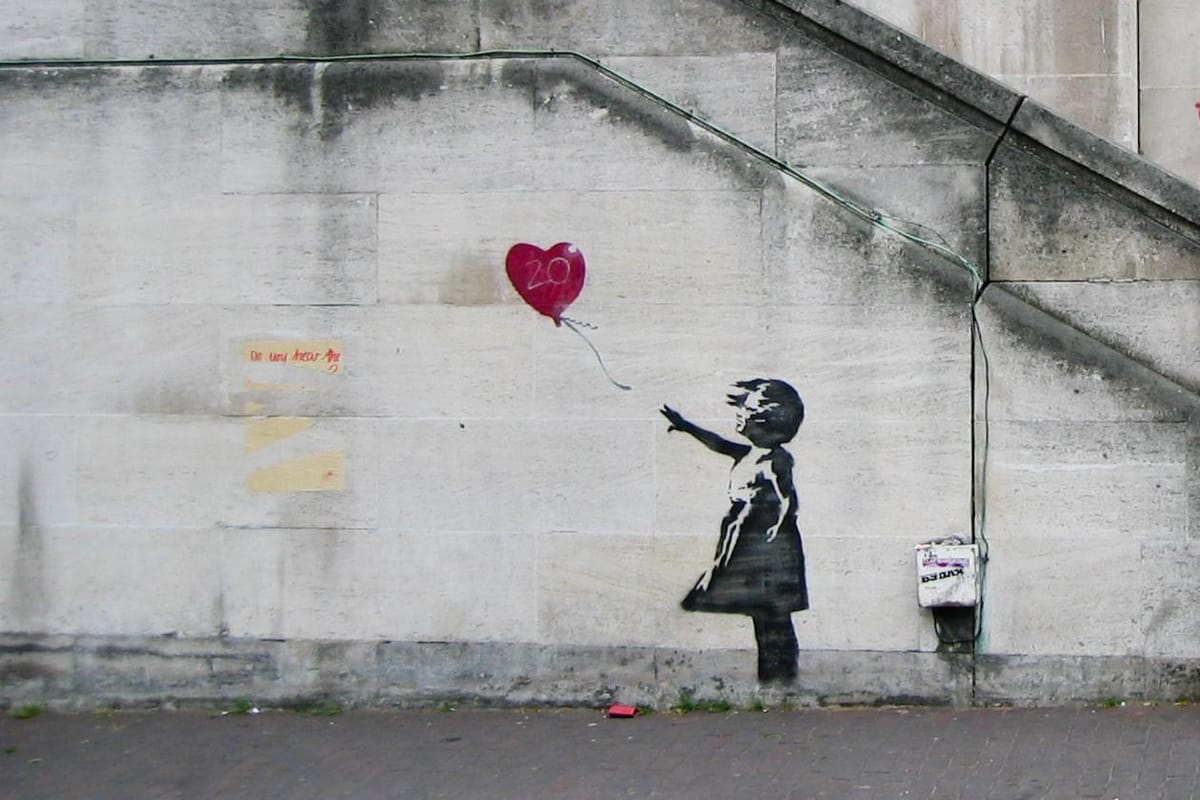
"We're here to put a dent in the universe. Otherwise why else even be here?" - Steve Jobs
As cliche as a Steve Jobs quote is, I think the point is precise.
If we're already here, then why not make the world a better place?
Personally, I want to make the world a better place by spending my time, talent, and energy repairing the areas that fiat broke.
But, in order to know what fiat broke and where to start our repair effort, we need to understand what fiat money incentivizes and the ramifications of those incentives.
Money is a Safety Need
Our modern society is highly specialized. There are people that spend their entire lives studying ancient civilizations, or growing bonsai trees, or running across the country. There are whole sub cultures of fiction authors, yurt makers, oyster farmers, drone pilots, beatboxers, sushi makers, calligraphists, and so, so much more.
The diversity of skills and interests is only as limited as the number of people on the planet, and the 1 technology that enables it all is money.
Money allows each person to spend their time and energy on activities that are not directly involved in farming, collecting water, or immediate survival.
We can trade our time and energy for alternative productive means and get money in return. That trade allows you to purchase the food and water that you need to survive without directly growing the food or collecting the water.
In Maslow’s hierarchy of needs, I would put money right in between Safety & Physiological needs. Without money, access to food, water, and shelter disappear, and, as a human, you enter survival mode. If you’re constantly worried about not having enough money, you’re always on the edge of survival. You are constantly worried about where the next meal is going to come from.
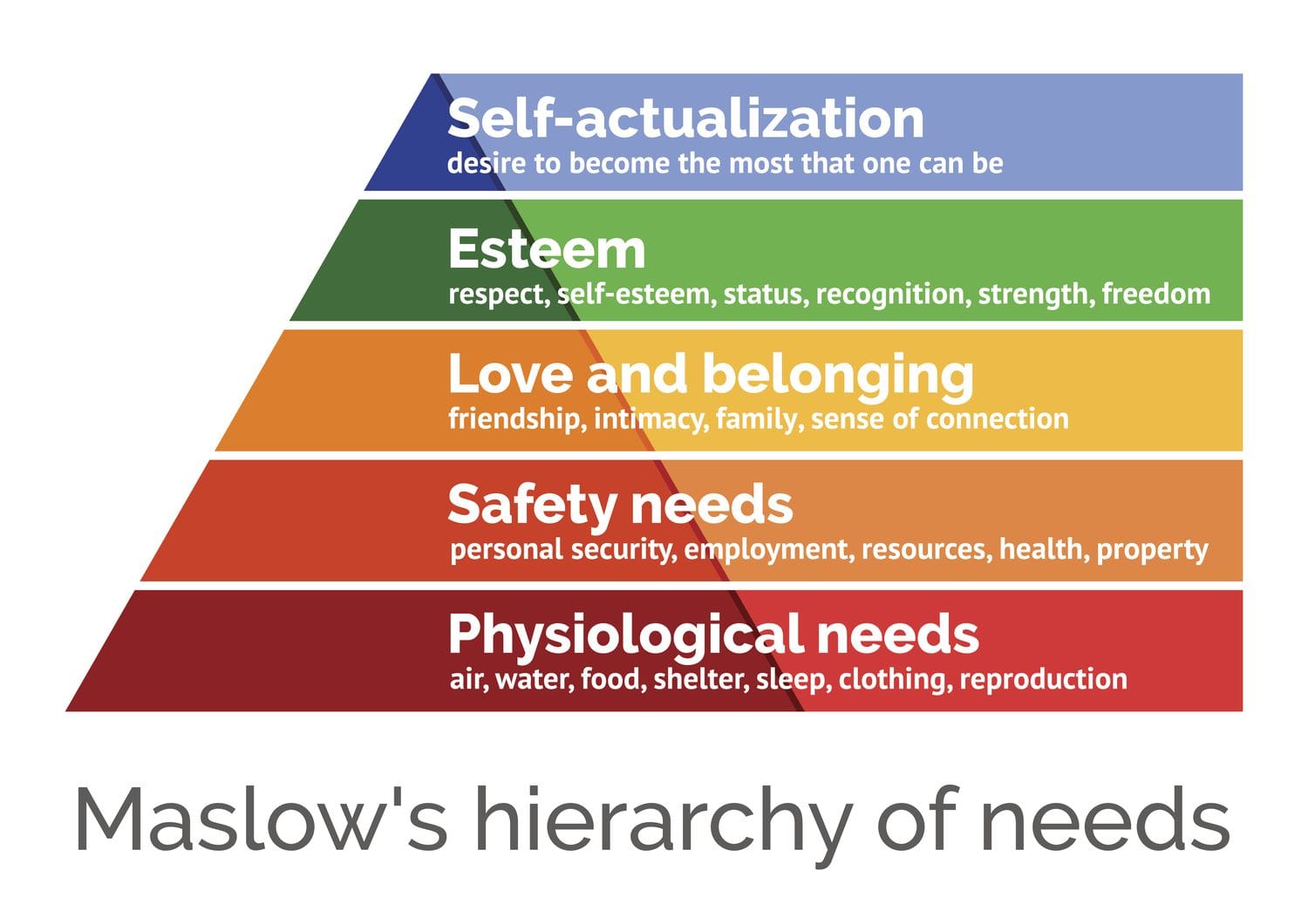
As of today, almost everyone on the planet is in quasi-survival mode. Whether you are conscious or unconscious of it, our modern money ( fiat money ) slowly erodes day by day. The government simply prints more money into existence. No matter how hard you work, your money becomes worth less over time.
Because of this slow erosion, like a beach house whose shores are slowly receding, there is a constant, low level anxiety about our survival and ability to make ends meet.
Many countries outside of the United States are painfully aware of this fact. They are constantly in cycles of temporary stability and then famine as their money is unstable. The citizens of the country end up tethered to low skilled trade and agriculture in order to ensure survival.
The inherent & continuous printing of fiat money ( controlled by government ) incentivizes short term investments, cost cutting by any means, government largesse, monopolistic behaviors, and power concentration all subsidized by the everyday citizen.
This helps us understand why so many folks in the Bitcoin space say, “Fix the money. Fix the world.”
"Show me the incentives, and I'll show you the results." - Charlie Munger
Since 1971, after Nixon took us off the gold standard, we’ve had fiat money. That is 50 years of money that is slowly eroding. That is 50 years of short term thinking and corrupt fiscal spending.
With the invention of Bitcoin, we can rightfully fix the areas of society that have most broken over the last 50 years.
To start, we can look at areas that require long-term thinking, long-term effort, and long-term planning. These will be the areas that are most glaringly in need of re-investment and re-engineering in a sound money world.
The Areas that Fiat Broke
When I began studying the impact of fiat money, I was told to look at wtfhappenedin1971.com (1971 is when we went off the gold standard). I encourage you to take a look. I was shocked at the staggering amount of evidence showing the impact of fiat in world.
I want to show you the thread from fiat money to most of the problems that we see today.
How Fiat Break Things
At the core, fiat is a monetary system where governments create money that is not backed by hard assets like gold and silver. They can make money without doing the hard work of creating goods and services or mining gold and silver.
This is not new and has happened many times in history such as with the Roman denarius in the 100's, the "Great Debasement" under Henry VIII, and the akça in the Ottoman Empire.
Normally the government must wait for tax revenues before they can buy goods and services like everyone else. They can also raise capital as debt to be paid back with future tax revenues.
With fiat money however, the government simply creates new money to buy things they couldn't afford. If you and I were to do this, we'd go to jail, but when the government does it, it's called currency debasement.
The government wants to create just the right amount of new money to buy stuff they want, but not too much the prices of things increase rapidly.
Because of this, a few things are incentivized almost immediately:
- The government can spend indiscriminately as they can always print more money if they fail.
- So, the government becomes more actively involved in the economy.
- This lets the government pick winners and loses instead of the free market. They pick the winners by giving them contracts or through regulatory protection.
- This increases lobbying by large corporations to win favor AND it causes prices to rise in the economy as there is more money in the system than before.
- This signals to everyone that the way to "win" is to get closer to government and the money printers AND that the value of your money is going to erode regardless if you like it.
- This combination incentivizes leaders to focus on borrowing easy money from the government AND to chase short term gains to secure more of a melting ice cube versus long term investments.
This creates a ripple effect into the fabric of society as money is at the security layer of needs. EVERYONE is incentivized to play the game of cheap money and short term gains. I think we can all agree that this behavior is not sustainable in the long term.
Once you see this, you begin to see it everywhere: cheap money & debt, short term thinking, rising prices, and a general unease in society.
This unsustainable behavior pervades everything from our goods, our services, our jobs, our relationships, our communities, and ultimately our own lives.
But... what to do with this new thought process on how fiat breaks things?
Where to start
The chart below shows the changes in the cost of goods and services from 1998 to 2019.
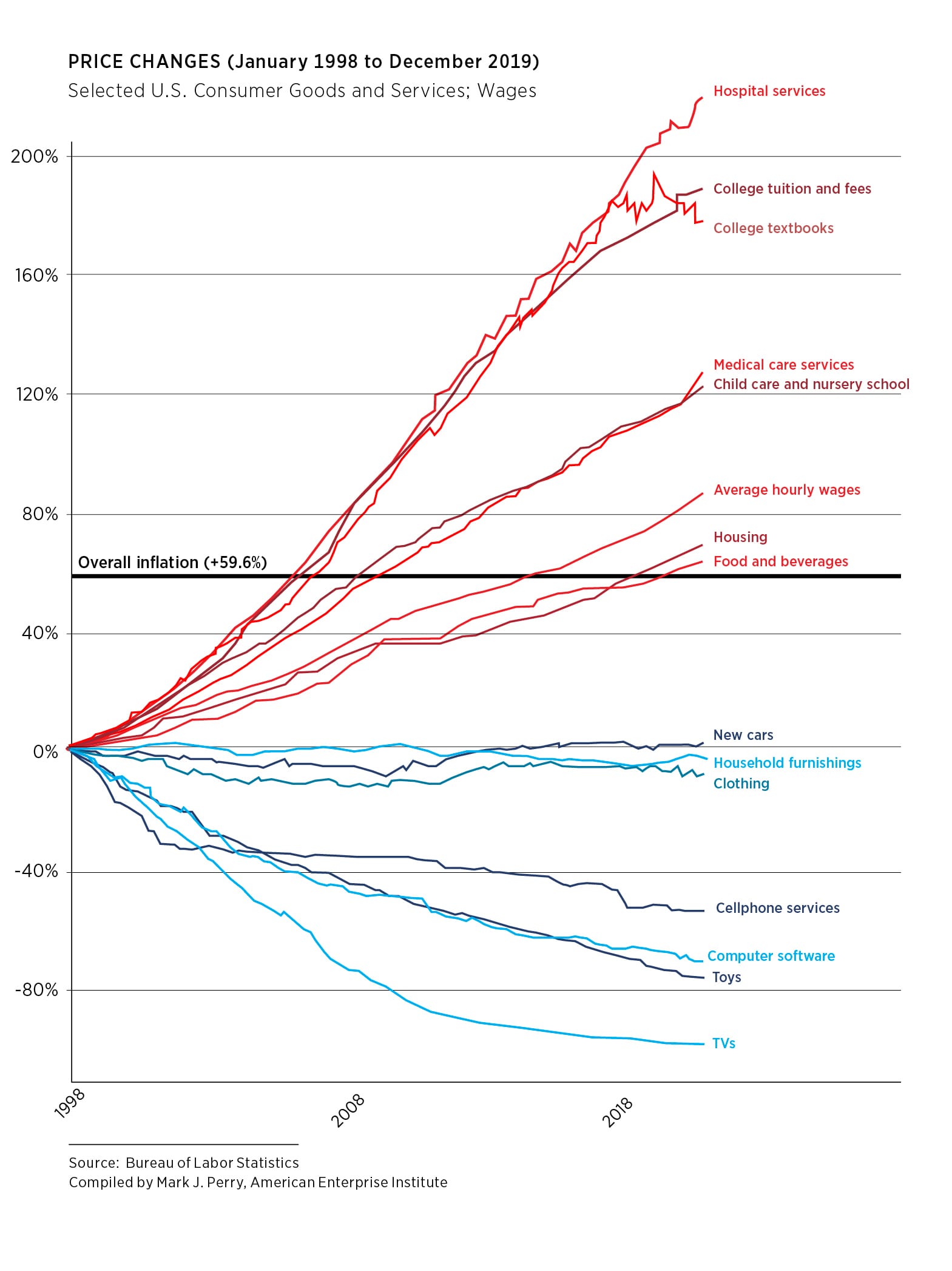
Wouldn't you have it... all of the industries where prices have increased have high government involvement through spending, entitlement programs, loan programs, intense regulatory oversight and are generally in human needs & services.
Wherever the government gets involved, the cost of the service skyrockets and the service quality goes down.
With that, let's highlight the main areas that fiat broke and how bad it may be.
For the sake of attention spans, I will not address every issue that fiat broke, but I will start with the ones that government has touched and have the highest impact at an individual and societal level. If you want a full breakdown you can read Fiat Ruins Everything by Jimmy Song.
Our Physical Health
Physical health is one of the few things that you cannot buy. Strength, flexibility, and freedom from disease are all things that must be earned through hard work and sacrifice.
With the incentives of easy money and short term gains, the incentive to save and sacrifice weaken. For example, as input prices rise via inflation ( money printing ), food companies are forced to cut costs substituting known ingredients for cheaper unknowns.
Then you as the consumer are forced to buy unhealthier foods AND work more hours to buy that unhealthy food.
Declining Food Quality
In a griping tale of the American food and drug complex, the book Fiat Food by Matthew Lysiak & Saifedean Ammous details the inner workings of how the fiat system incentivized the degradation of our agriculture, nutrition, and healthcare system.
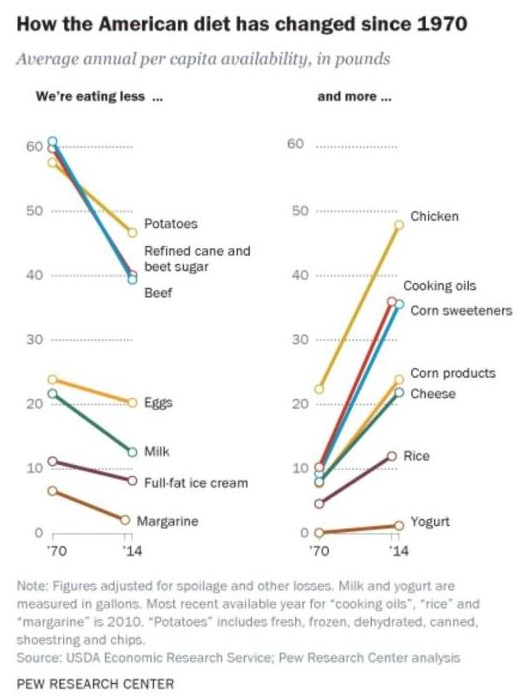
For example, we can see that before 1970, the American diet was largely composed of beef, potatoes, eggs, and milk. Now it's predominantly chicken, cooking oils, and corn.
This wasn't an accident or because we're more "health conscious". Cattle and farming require real investments and hard work to maintain yields year over year.
With money eroding away in purchasing power, the farmers moved toward cheaper and cheaper means of production.
The biggest and most glaring switch is the production of vegetable oils as a substitute for butter, olive oil and beef tallow.
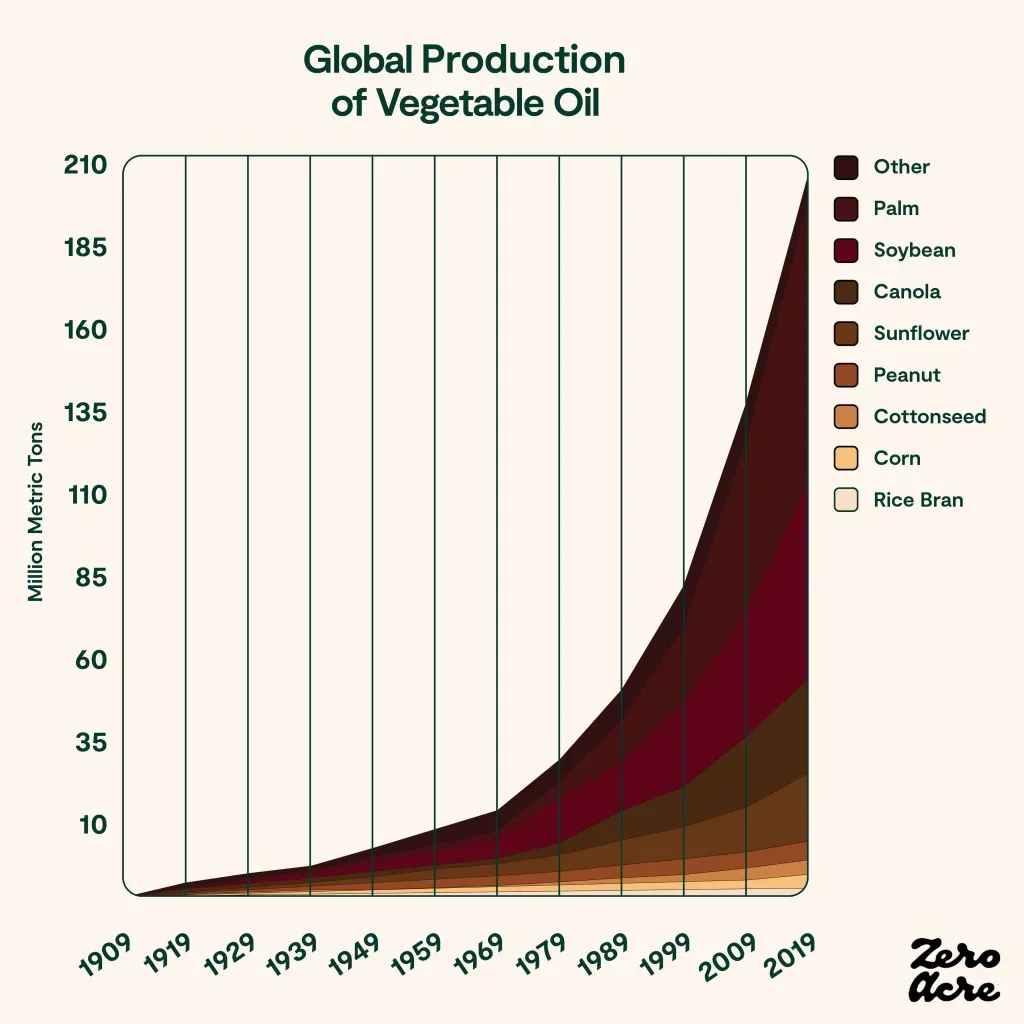
This is harrowing switch as new research shows that seed oils are toxic and cause permanently damaging inflammation. ( Did you know, that McDonald's in the 50's and 60's used beef tallow to fry their french fries instead of seed oils? )
Manufacturers switched to seed oils because they were cheaper to mass manufacture.
But it isn't just cheaper food. In certain crops, the nutritional value is 38% lower than in the 1950s.
The farming industry is also highly subsidized by the government to keep food prices artificially low.
Strength & Flexibility
To exacerbate the health issues, only 24% of Americans met the 2018 Physical Activity Guidelines for both aerobic and muscle-strengthening.
What are the guidelines? 60 minutes of physical activity per day... that includes walking. Only 24% of Americans are WALKING enough.
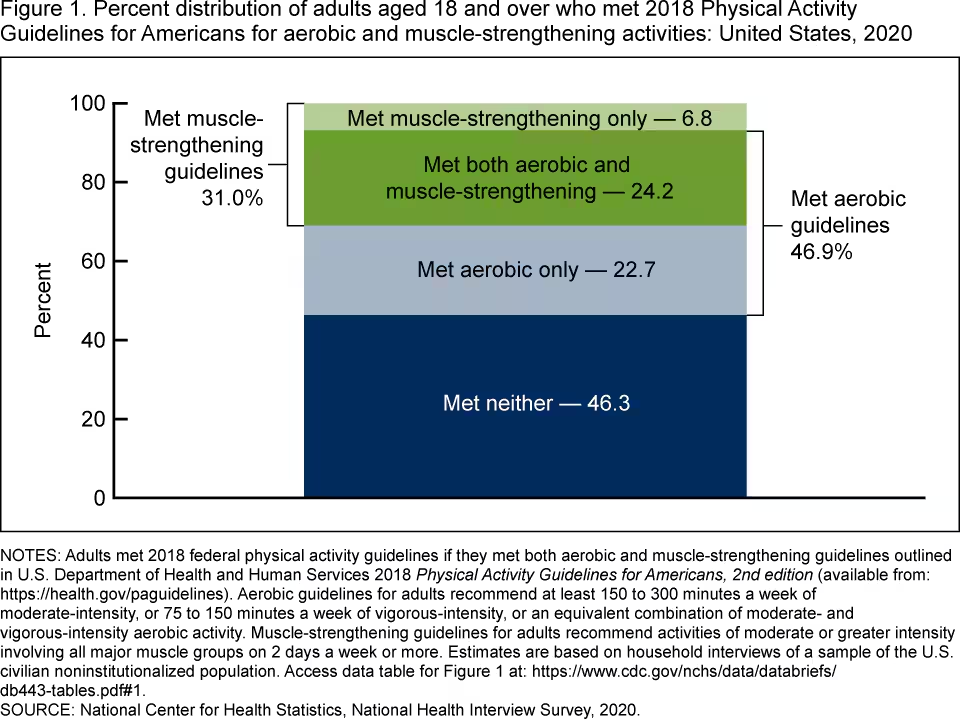
Additionally, a recent poll on 2000 U.S. adults showed that only 1/2 are capable of touching their toes.
Compare all of this to the La Sierra High School physical education program and the visual health of the students in 1962.
La Sierra high school physical fitness education program
When was the last time you saw a high school physical education program look like that?
Obesity Epidemic
As a result of unhealthy food and lack of physical activity, over 41% of the United States population is clinically obese. Even more sad is that equally, 41% of children between 2 and 19 years of age are either overweight, obese, or severely obese.
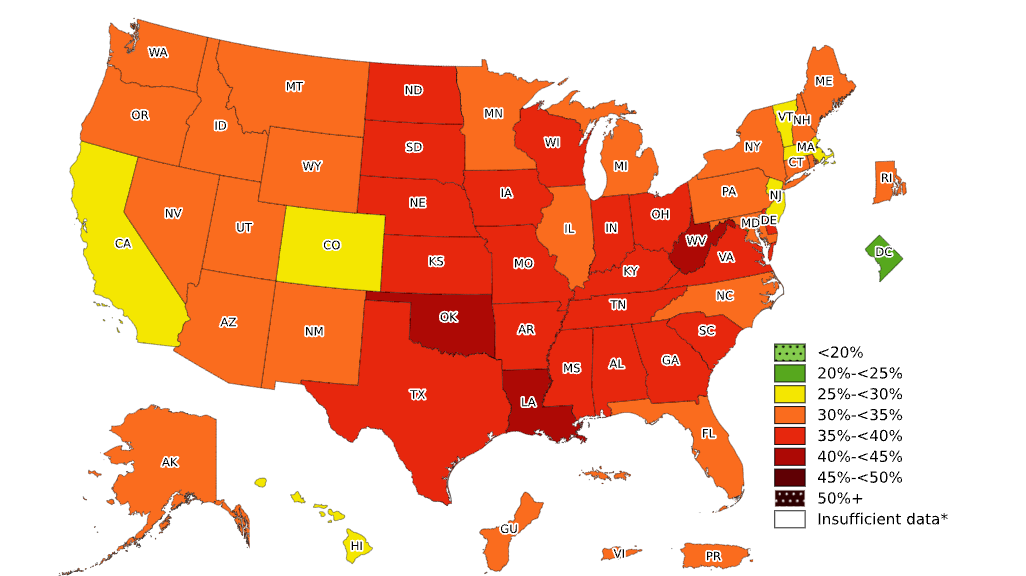
This leads to serious complications and health issues. Obesity leads to heart disease, cardiac arrest, heart failure, and death.
Heart failure, a 100% preventable issue is the #1 cause of death in the United States. To add insult to injury, since 2020 the United States is actually on the decline in life expectancy.
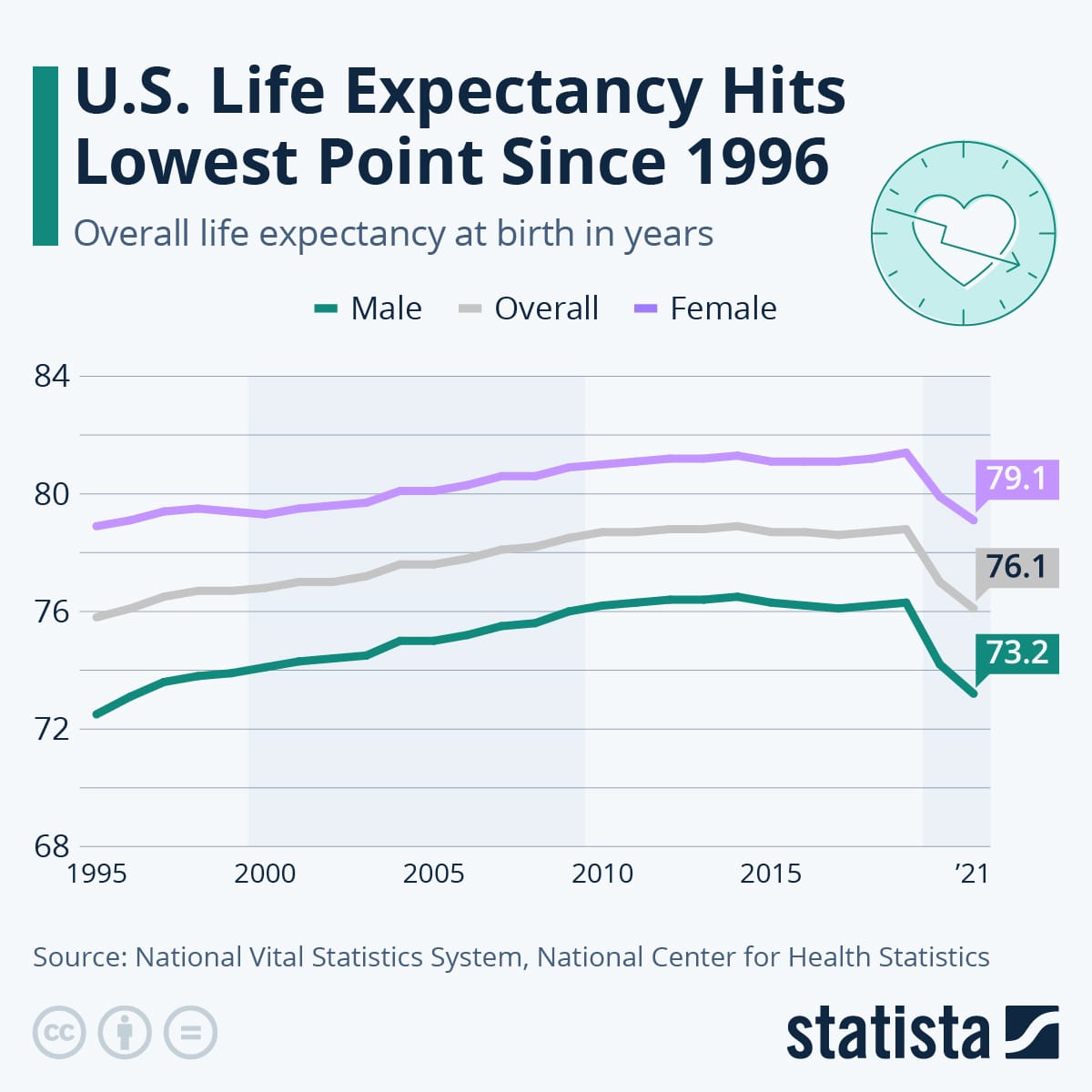
In the country with the highest GDP in the world, we have the fattest, most unhealthy people and a declining life expectancy.
Easy money, short term thinking, & rising prices make it such that farmers cut quality for cost savings, doctors see too many patients to bill more hours, insurance companies increase premiums constantly, people become "fat and happy" as everything is "easy" to get.
Additionally, as governments are highly involved in healthcare, nutrition, agriculture, and school education programs, it makes sense that we see negative impacts on food and health.
Okay, that was rough, what's next?
Our Education
Education is inherently a long term investment. When you spend time and energy educating people today, you don't typically see those benefits for years or even decades after the investment was made.
Fiat inherently undermines long term investments by incentivizing short term thinking and cost cutting. Thus, our educational system has been hollowed out with high prices and degrading quality.
Exponential Price for Education
Because all federal student loans are insured by the government, the average annual tuition & fees for public schools have 5x'd or more, with private institutions having 10x'd in current dollar terms!
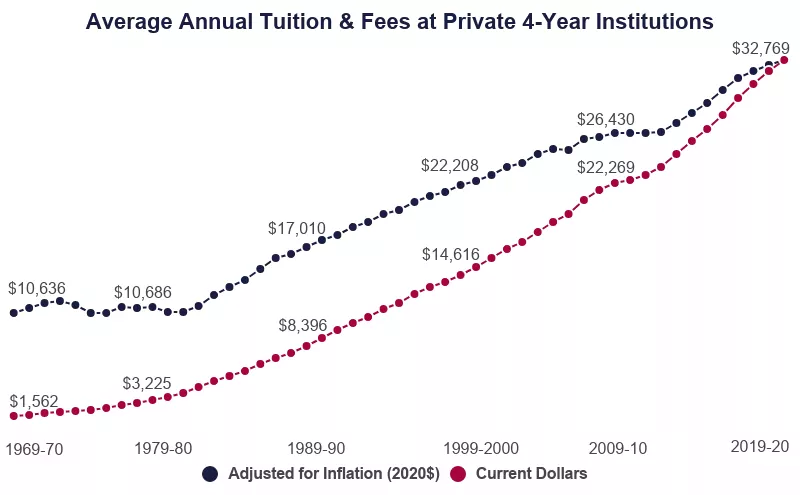
This translates to the massive student loan debt burden with over $1.75 Trillion in outstanding debt, much of which will most likely never get repaid.
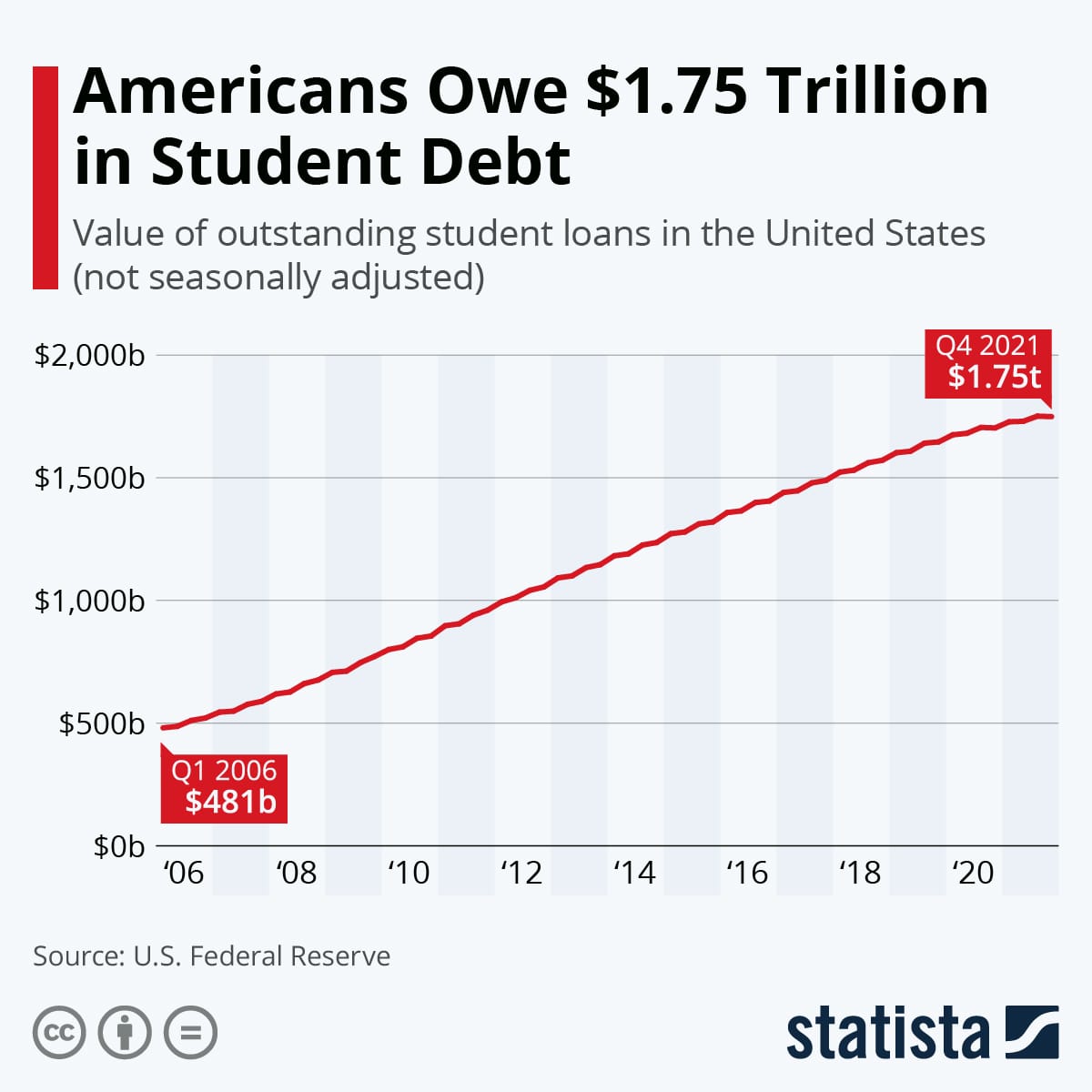
This is debt that was sold to students with the promise of a good future. But, that promise doesn't guarantee a job or even a higher paying job. Many college graduates are still unemployed. Less so than only high school graduates, but college is no guarantee.
And this isn't simply in the higher education sector, but is also shown in federal spending on education in all age groups.
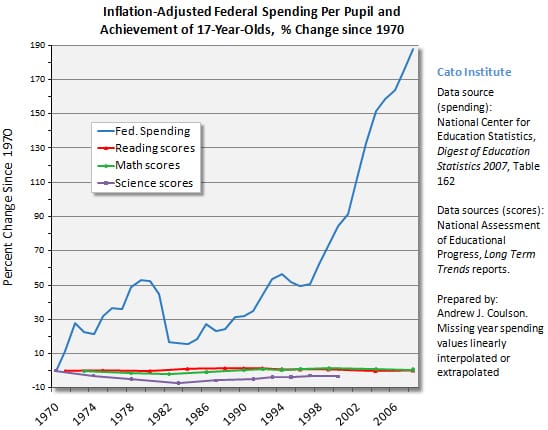
You can see that federal spending on education has increased rapidly and yet reading, math, and science scores have effectively remained unchanged.
And this isn't new. Education isn't simply getting more expensive and burdensome, it's also losing quality over time... much like the value of the dollar.
Stagnant Education Quality
Covid-19 did a number on our reading and mathematics scores as reported by the The Nation's Report Card ( NAEP ), but even without Covid, the trend on education quality in just reading and mathematics has been effectively flat with an almost negligible change in improvement.
Especially considering that the scale of the graph is from 0 to 500.

In one survey on American public schools, they reported that almost half (49%) of students were behind grade level in at least one subject during the school year.
But it's not just the quality that's the degrading, it's the curriculum and faculty spearheading new ideas that are unwelcome in the classroom.
Unwanted, Radical Thinking
The Manhattan Institute did a study on Critical Race Theory (CRT) and Gender Theory being taught in K-12 schools. They found that over 30% of students were actively being taught these concepts, with over 60% hearing about it in school from adults.
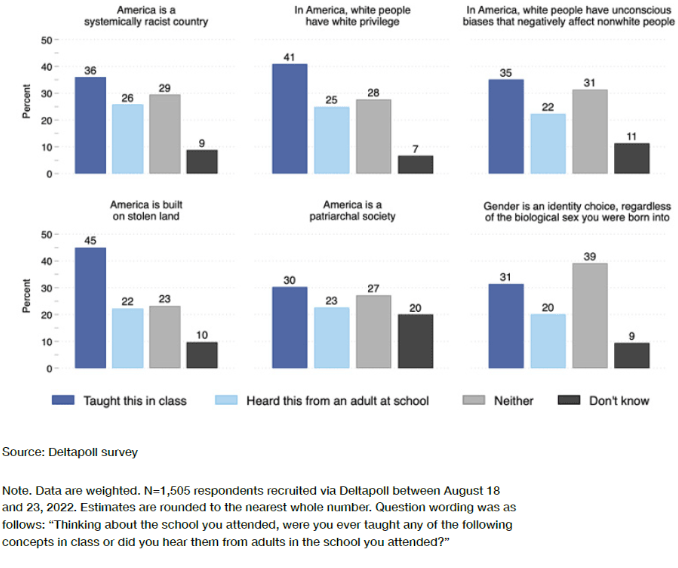
Whether you agree with these ideas or not, CRT and Gender Theory are ideas that 2/3 of parents do not condone, and yet are being taught anyway. As of December '21, over 66 bills have been introduced in 26 states to ban or stop Critical Race Theory from being taught.
The trend of fiat continues to be less quality for higher prices.
Just as with our physical health, easy money, short term thinking and rising prices incentivizes schools and universities to hire unnecessary staff, lowers the passing bar so more students graduate ( as federal funding comes from graduation rates ), spend on new, untested programs, and ultimately let the median citizen stagnate intellectually.
I hope by now you're seeing the pattern more clearly.
City Infrastructure
Physical infrastructure is the most critical long term investment a society can make. Infrastructure spans more than just bridges and roads, but includes airports, water ports, water management, hazardous waste, dams, railroads, wastewater, public parks, and more.
If a city were a person, infrastructure would be 70% of that person's DNA. ( I'm making that figure up for emphasis, but the point stands. )
The stability of these systems enables long term planning. It allows a city to grow, adapt, and compete to create a unique and fulfilling experience for the residents of the city.
As you've seen, fiat money undermines the incentives of long term investment, and thus money is mismanaged and critical infrastructure gets forgotten.
Failing Infrastructure
As of 2024, America's infrastructure score is currently a C- as given by the American Society of Civil Engineers (ASCE). Every few years, ASCE creates an infrastructure report card designed to address the nation's status.
Here are some fast facts from their site:
- There is a water main break every two minutes and an estimated 6 billion gallons of treated water lost each day in the U.S., enough to fill over 9,000 swimming pools.
- Growing wear and tear on our nation's roads have left 43% of our public roadways in poor or mediocre condition, a number that has remained stagnant over the past several years.
- There are 30,000 miles of inventoried levees across the U.S. and an additional 10,000 miles of levees whose location and condition are unknown.
ASCE estimates that in 2017, it would take over $4.59 Trillion dollars to repair all of the infrastructure.
Financial Instability
At least 53 major US cities have debt obligations that outstrip their assets and their tax revenues are unable to keep up with the cost of maintenance.
In April of 2024, CNBC did a video showing why cities are going broke, with the Mayor of Houston publicly acknowledging that the city is "broke".
The primary causes of these issues are poor fiscal planning and over-investment in low density developments. These low density developments are a huge hinderance on tax revenue and maintenance costs.
CNBC on Why U.S. cities are going broke
In the video below, Not Just Bikes highlights the tremendous work done by Urban3 & Strong Towns to visualize a city's economic future.
Most cities tax revenues are coming from economic zones entirely in their downtown areas. These areas are higher in density and thus have lower long term maintenance costs and generate more revenue for the city than their less dense counterparts.
Visualizations of city infrastructure
This can also be seen by the work of Urbex Solutions showing the tax revenues generated by cities versus the cities appraised value of their lots.
The over investment in suburban sprawl has turned once fledgling cities on the hill into zombies. These zombies are surviving primarily because of deficit spending and federal stimulus.
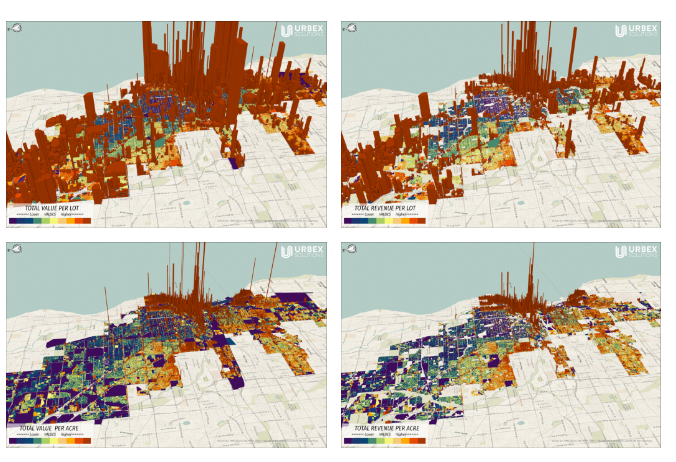
The biggest reason for this urban sprawl is unfortunately your car.
Designed for Cars, Not People
The combination of auto maker lobbying, the Federal Aid Highway Act, and local zoning and parking laws in many cities create incentives to design explicitly for cars.
In this case, the incentive of fiat money is to let governments spend any amount of money on unprofitable or unsustainable city development because they know the federal government ( where the money printers are ) will ultimately bail them out.
I won't go down the litany of articles chastising car culture and the negative affects it has on humans and cities. You can read them here:
- The negative consequences of car dependency
- How cars are making us all depressed
- Highways gutted American cities
- These stupid trucks are literally killing us
- Societal impacts of cars
- Too many Americans live in places built for cars
You can visually see how cars might be affecting our children and their creative imaginations.
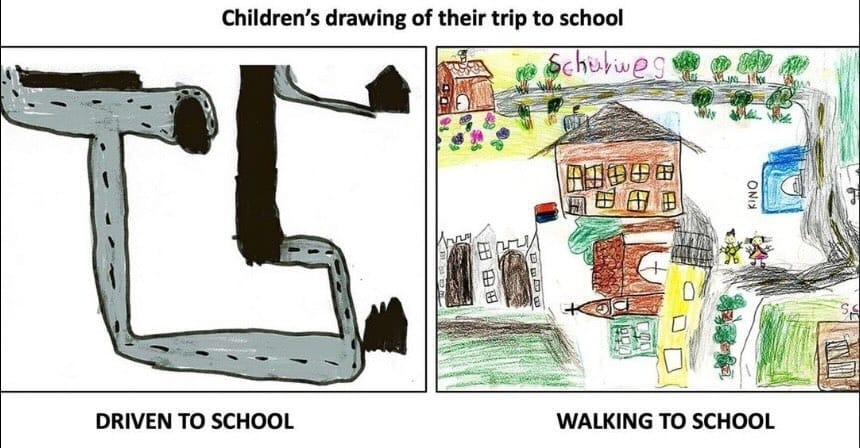
While this looks sad, even for adults the below image is the view most people in America have on any given day.
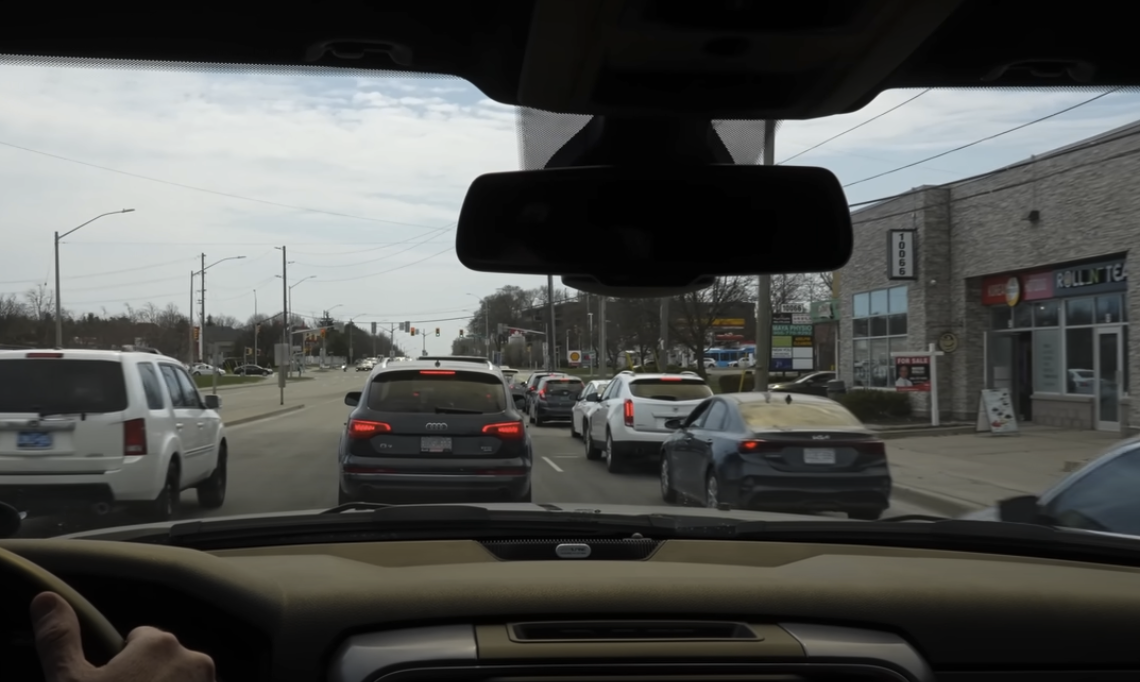
There is a stark contrast between modern cities and cities in the early 1900's. To me, these historic photos from Detroit and New York inspire creativity, activity, innovation, and appreciation for the work of others.
It feels as thought there's an innate quality to the architecture and city that gives life to the scene.
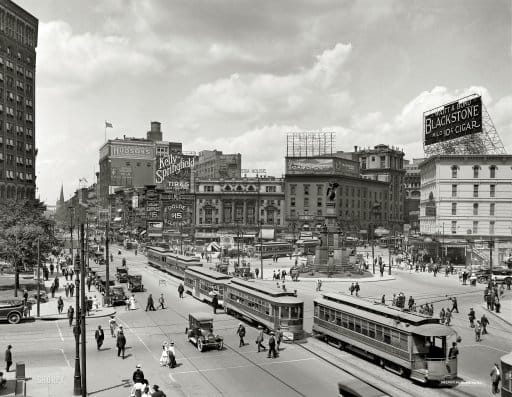

You can see more of these photos and judge for yourself which environment appeals more to you, but to me, our car dependent cities do not inspire anything.
Now, I'm not diametrically opposed to cars. They have their benefits on the macro economy, commerce, and transportation system. However, designing cities for cars has caused more problems for people than it has jobs for the economy.
Unfortunately, all of these issues that I have highlighted, that fiat money has degraded, culminate in the most damaging area of all...
Our Literal Sanity
The shear volume of stories of suicide, alcoholism, abandonment, and hopelessness weight heavy on the heart.
When money is a safety need, most people feel like they never have enough. As prices rise, they feel as though they're on a never ending treadmill of working to make ends meet.
The decline of our mental health is a combination of all of the previous dynamics and trends like multiple parents working, government largesse and failed incentives, jobs lost through globalism, the destruction of 3rd places.
ALL of these issues can be traced by to the creation of fiat money.
We can see the final results of all these issues combined.
We can see deaths of despair spiking BEFORE Covid-19 even hit... and we know how bad that was.
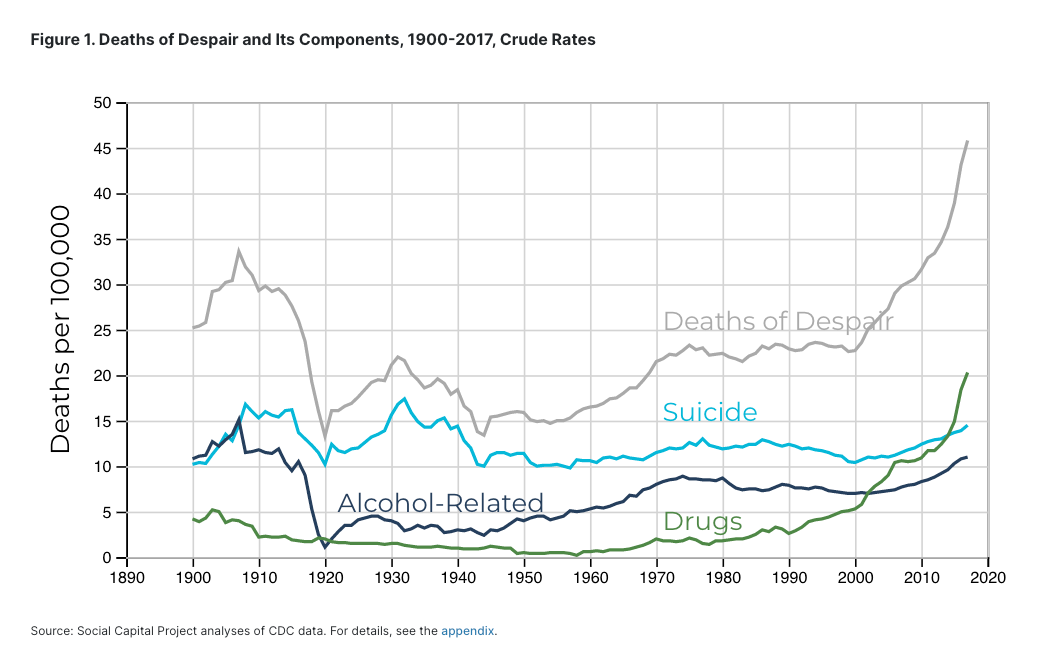
We can see a more isolated chart of the spike in drug overdoes deaths across all ages.
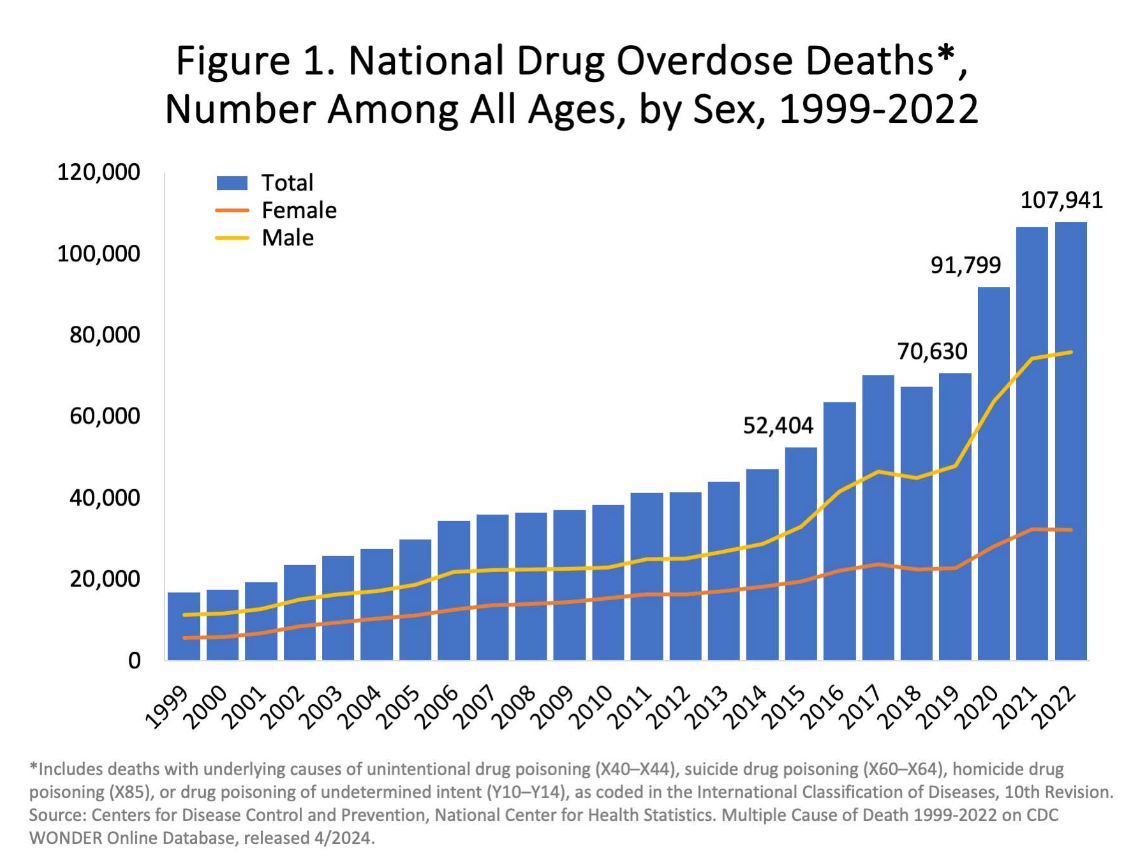
Those drugs aren't just coming from anywhere. They're coming from our pharmaceutical industrial complex pumping opioids across the country into almost every home in America.

And of course, this unquestionably has an effect on our children with 1 in 5 children struggling with a mental illness.
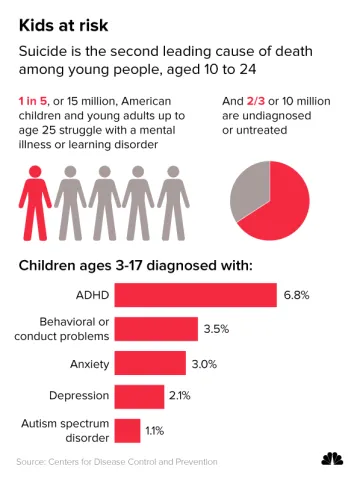
There are dozens of studies that document the increases in anxiety and depression among youth and young adults.
Who can blame them? When the world feels like it's designed to make you unhealthy, uneducated, and isolated from society, I would probably be anxious and depressed as well.
Lastly, I want to highlight some additional areas where I believe fiat money is the ultimate root cause:
- 38 million Americans living at or below the poverty line
- 13 million children in the US living with hunger
- 1.2 million US veterans relying on food stamps
- At least 5 million children in the US have had a parent in jail or prison
- Exponential increases in auto-immune diseases [2]
- Synthetic fibers in clothes causing reproductive issues
- Phthalates in candles causing endocrine disruption
- 41% of Americans "are not aware there are 3 branches of government"
In a society that is thriving, growing, becoming more productive, this should simply not happen.
While all of this information can certainly feel depressing and give one pause on the future of the world, not all hope is lost.
The Hopeful Trends
Despite the incentives of easy money, short term thinking, and rising prices, there are still bright spots. There are growing markets where people have decided to sacrifice anyway and spend their money on what they believe are quality goods and services over the default option.
The pockets of these people are growing as more people realize what is happening in society.
Home schooling is at an all time high
Parents are deciding to opt out of public education systems and do the hard work of homeschooling their children. Over 3 million students are enrolled in home schooling programs across the country.
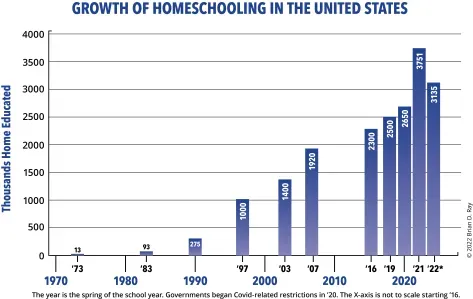
Trade work & apprenticeships are growing
With a rejection of the college degree, high education costs, and no guarantee of jobs or placement in the workforce, trade schools continue to boom.
And trade schools boom as high school graduates reject 4 year degrees.
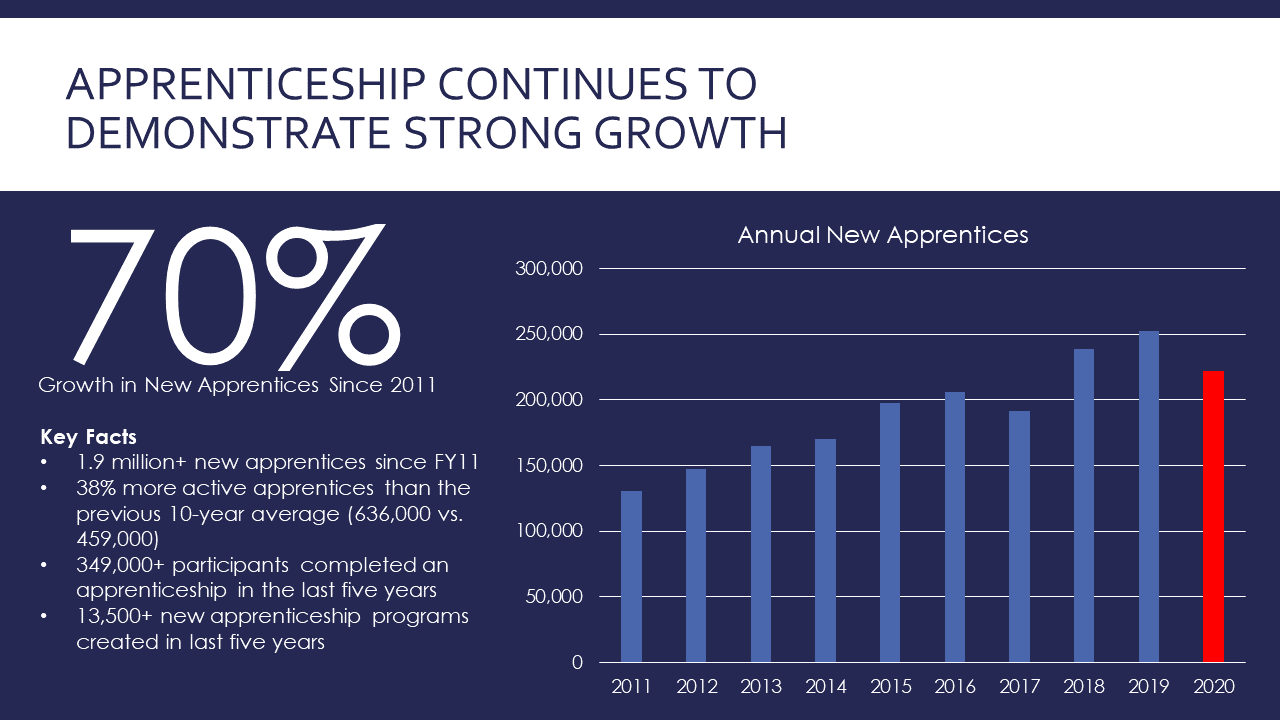
And we've seen a 2x increase from 1999 to 2014 in students going to trade schools like auto repairing, computer networking, electrical, plumbing, and other trades.
Organic food production is at all time highs and growing
To counter the chemicals and mass manufacturing practices of big agriculture, consumers are opting to buy organic more.
Back in 2014, our Texas first HEB launched a new line of affordable organics and have been expanding ever since.
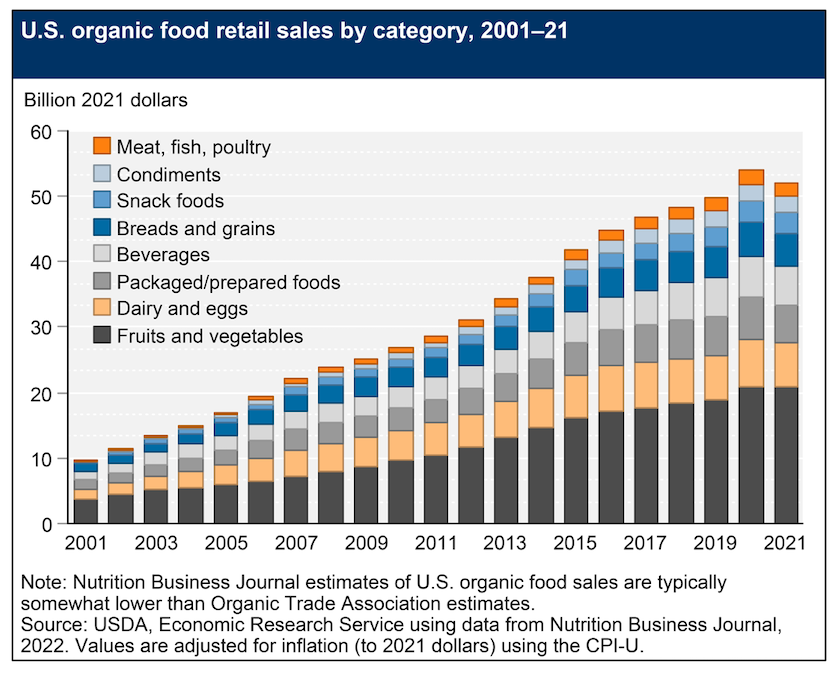
Caveat, this above graph is showing sales growth denominated in USD so we always need to check if these numbers are adjusted for inflation or if the simple rising prices is causing the upward trend. ( This graph is adjusted to 2021 dollars )
Psychedelic research for mental health is resurgent
Before 1968, psychedelic research was on the rise as psychedelic's have been shown to be significantly effective at reducing symptoms of depression, PTSD and reducing needs for other opioids and other pharmaceutical psychoactive's.
However, in 1968 policy changed and because of centralized government power and big pharmaceutical company influence, they turned many psychedelics into a Schedule I drug that outlawed even research.
However, the tides have changed and research is back on the rise as people are desperately looking for solutions to the mental health crisis.
So much so, that even the Veteran's Affairs ( VA ) office has asked for new therapies to help veteran's suffering with PTSD.
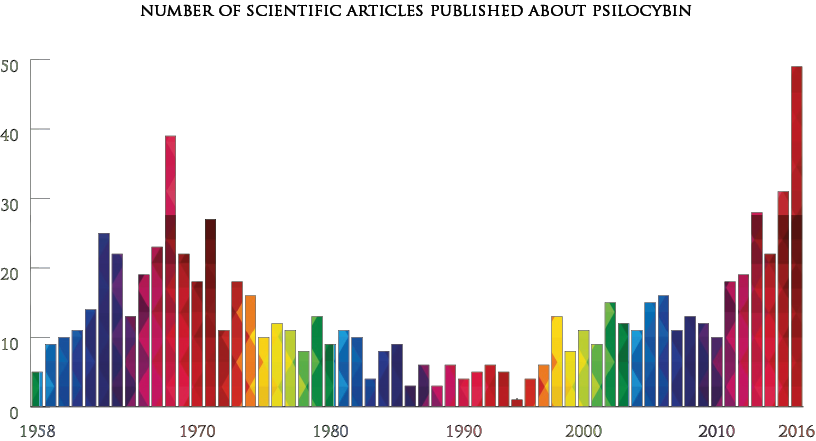
Cities are building more bicycle infrastructure
For the safety of pedestrians, lower smog and noise pollution, and reduction in infrastructures costs, cities are investing in more and more protected bike lanes.
Among 13 cities that have invested in bicycle infrastructure driver, pedestrian and cyclist injury rates decreased by 40 - 50%.
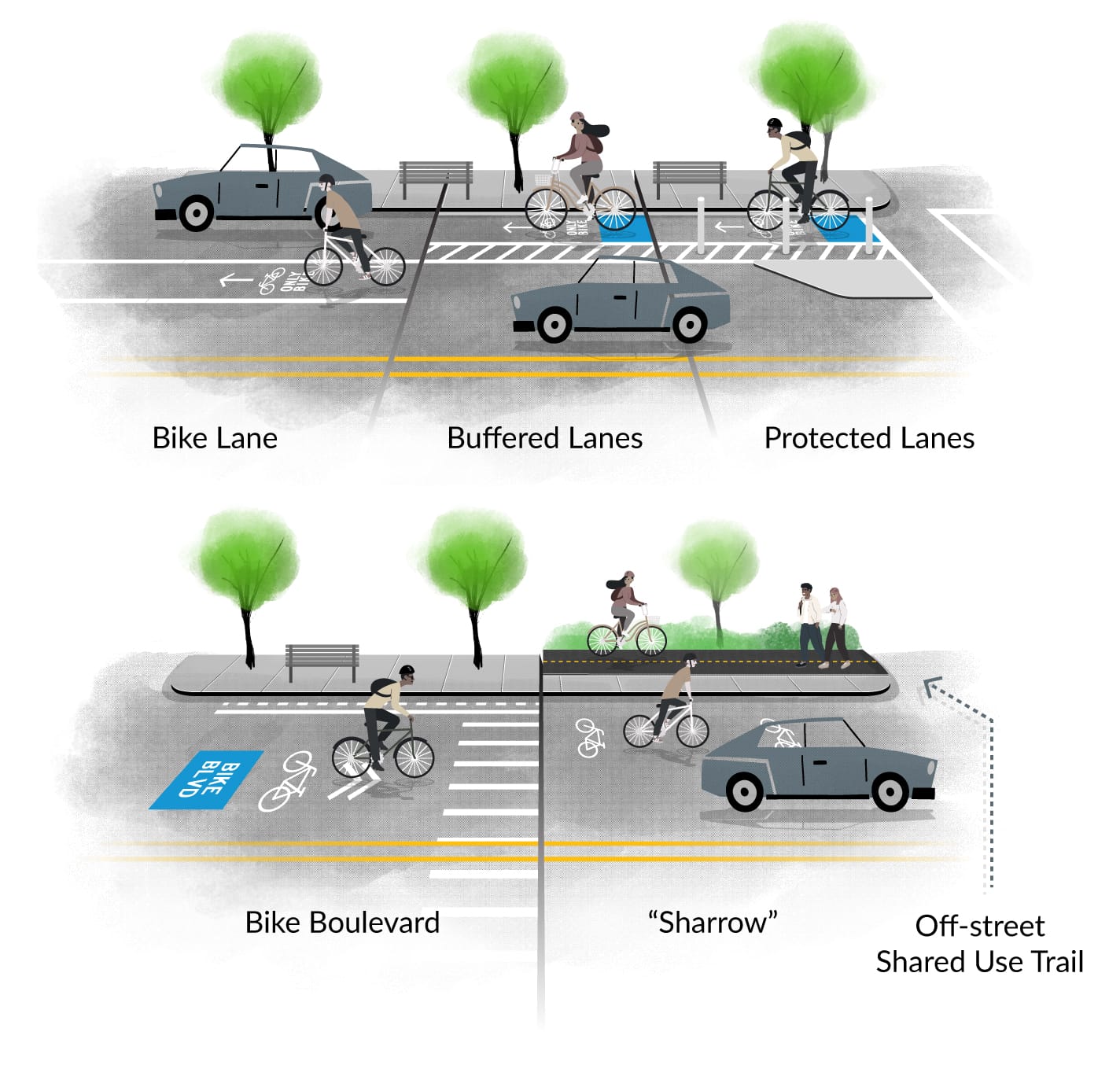
There are dozens more examples where human ingenuity and investment are rebuilding the areas that fiat has broken:
- Culdesac is building new towns for people, not for cars.
- AI-powered mental health chatbots are being used as a therapy tool
- The organization Strong Towns promotes community and strong towns.
- The concierge medicine market is compounding 10% annually.
- Prenda has pioneered the concept of microschools and there are over 1000 microschool founders with 10,000 K-8 students in the US
All of this is just the start.
We are still in the late stages of the fiat monetary system. More damage will be done before fiat money is removed from circulation. More things will break.
But, we have a new, sound money system in the form of Bitcoin.
We have the means to fix issues at the root. We also know the areas that have broken and need our attention. Combining these ideas, we can collectively put our time, talent, and energy into the repair efforts.
To fix what has broken will undoubtably require hard work and perseverance. It will probably take decades before we reap the rewards of our repair efforts.
Nonetheless, I will enjoy spending the rest of my life building a world where everyone can live a life of deep fulfillment.
I hope that you too are called to do the hard and that we may cross paths in the near future.
Stay humble. Stack sats.
Township Ventures is a long term holding company that buys and builds Texas businesses to last generations.
If you're curious to learn more about how we buy businesses or opportunities to participate, don't hesitate to reach out.




